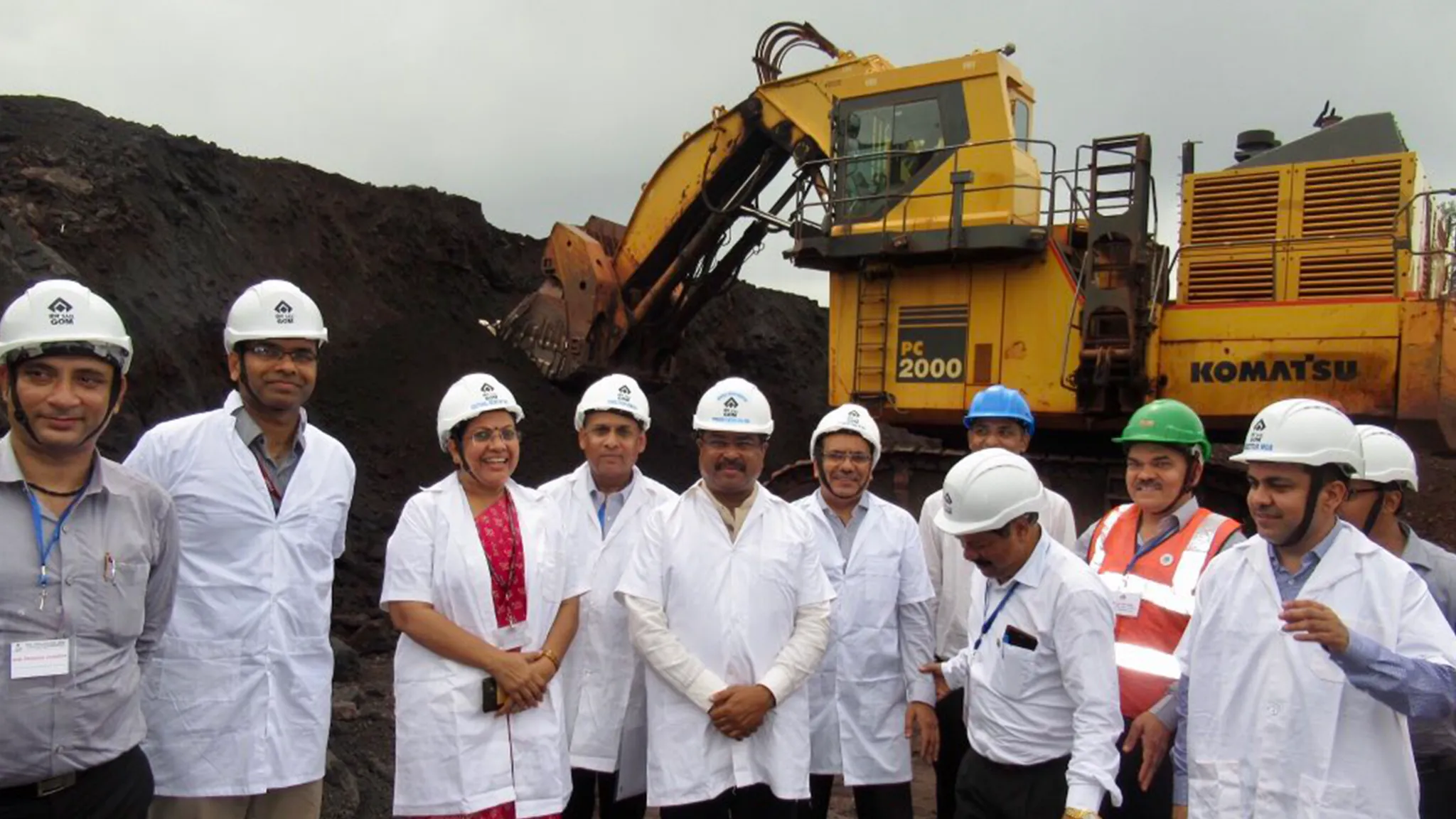Metal Mayhem Grips Global Markets
The commodities markets are witnessing a significant downturn, with iron ore prices plummeting below the $100 per tonne mark for the first time since September 2022. This sharp decline reflects a broader unease stemming from China’s economic slowdown, casting a shadow over industrial metals globally. The anticipation of a robust post-lockdown economic recovery in China had initially propelled iron ore prices to nearly $140 a tonne. However, as economic realities set in, prices have steadily retreated, impacting steel prices and reverberating across other industrial metals like aluminium, copper, and zinc.
China’s economic indicators for July paint a concerning picture. Unemployment has edged up to 5.2 per cent, industrial production growth has slowed, and investments in real estate and fixed assets continue to contract. While retail consumption showed some growth, it is not enough to offset the overall deceleration. The Chinese government appears hesitant to unleash large-scale stimulus measures, opting instead for a more organic recovery. This approach, coupled with the need to service past debts, has led Chinese industries to aggressively pursue export markets, flooding global markets with metals at competitive prices.
This situation has prompted warnings from within China’s steel industry, with giants like China Baowu Steel Group cautioning about a crisis more severe than those experienced in 2015 and 2018. The influx of Chinese metal exports is hitting Asian markets particularly hard, driving down prices and creating a challenging environment for metal companies worldwide. While lower metal prices benefit user industries and infrastructure projects in countries like India, domestic metal companies face headwinds as global price declines translate to lower revenues and potential demand deferrals.
RBI Bolsters Market Guardrails
In response to the evolving financial landscape, the Reserve Bank of India (RBI) has introduced a framework for recognising self-regulatory organisations (SROs) in financial markets. This move aims to foster a stronger compliance culture and provide a platform for consultative policy making. SROs are expected to develop industry standards and best practices, ensuring adherence among their members. These bodies will complement, not replace, the existing regulatory framework, working within the guidelines set by the RBI.
The objectives of these SROs are wide-ranging, encompassing sector betterment, addressing industry concerns, and establishing benchmarks for professional conduct. They are also tasked with assisting the RBI in enhancing regulatory compliance and identifying early warning signals of market instability. The RBI retains the authority to revoke recognition if an SRO’s operations are deemed detrimental to public interest or inconsistent with its objectives. This framework signals the RBI’s proactive approach to strengthening the financial market’s resilience through self-regulation and industry collaboration.
These developments – the turbulence in metal markets and the RBI’s push for SROs – highlight the complex interplay of global economic forces and domestic regulatory responses. While one reflects the market’s reaction to shifting demand dynamics, the other underscores the importance of robust frameworks to maintain stability and trust within the financial system.
What does this mean for investors? Vigilance remains key. The global economic outlook is uncertain, and market volatility is likely to persist as these trends unfold. Investors must stay informed and prepared for potential shifts in both commodity markets and the broader financial landscape.
Image Courtesy: X (Dharmendra Pradhan)










Leave a Reply